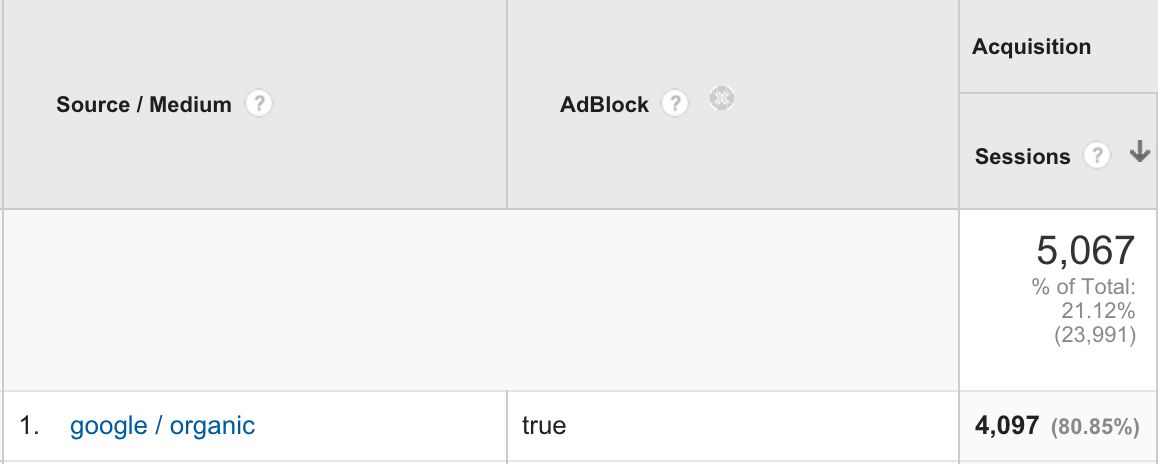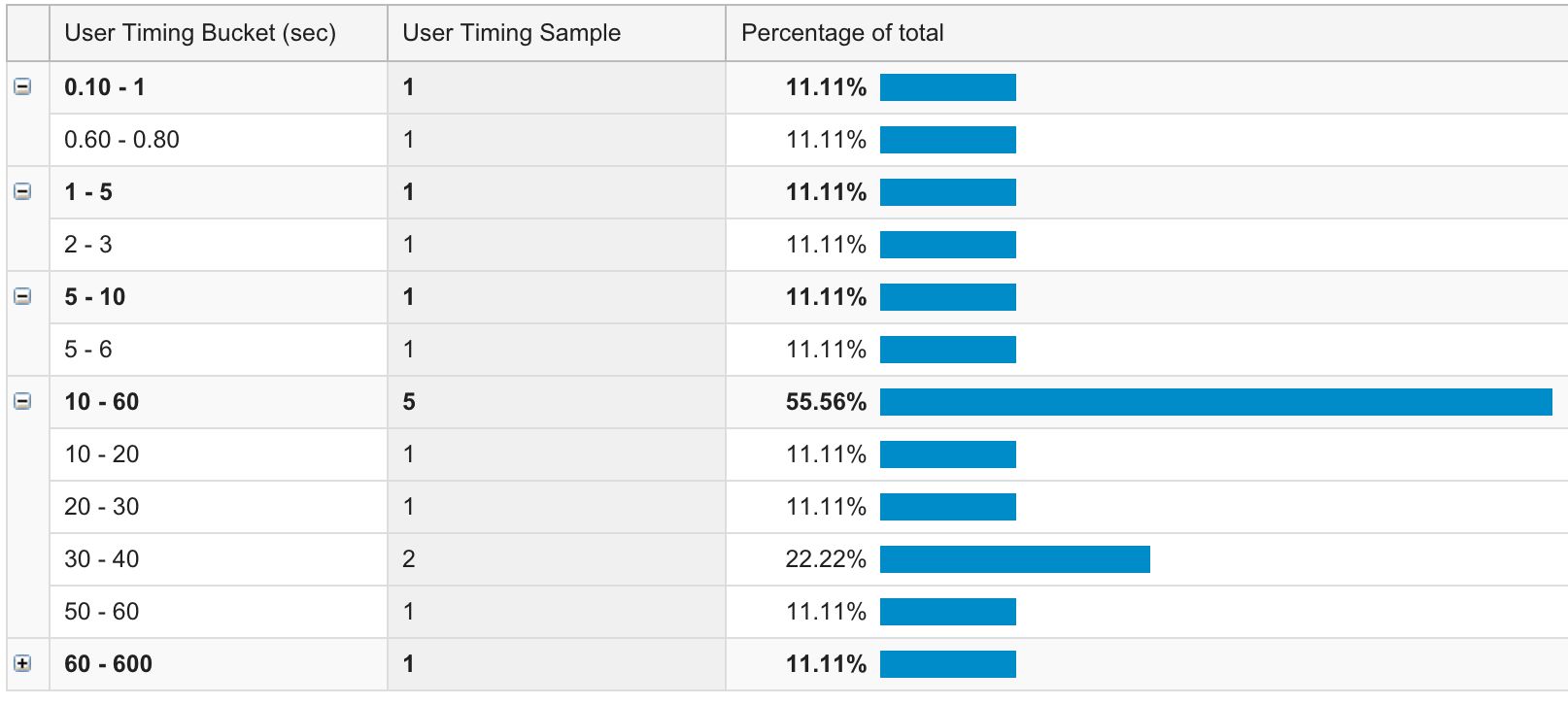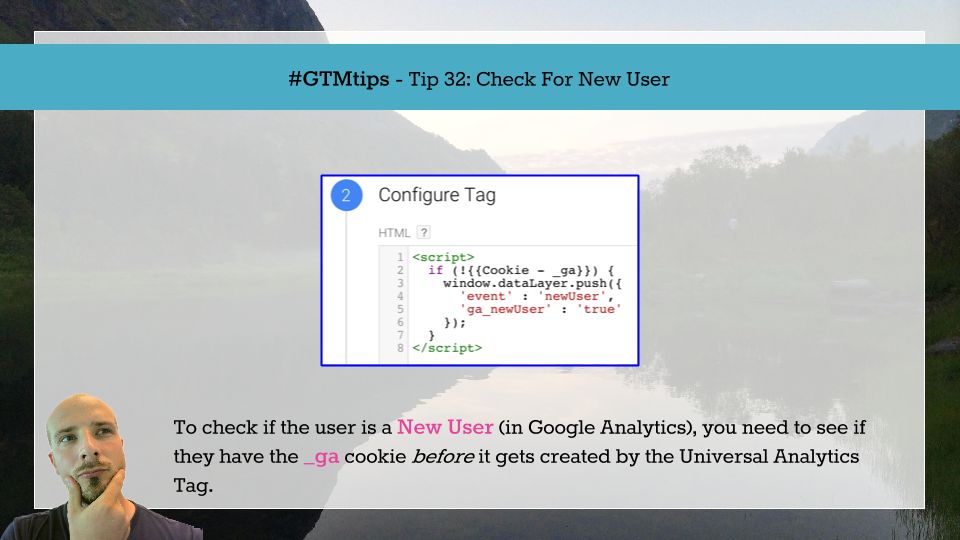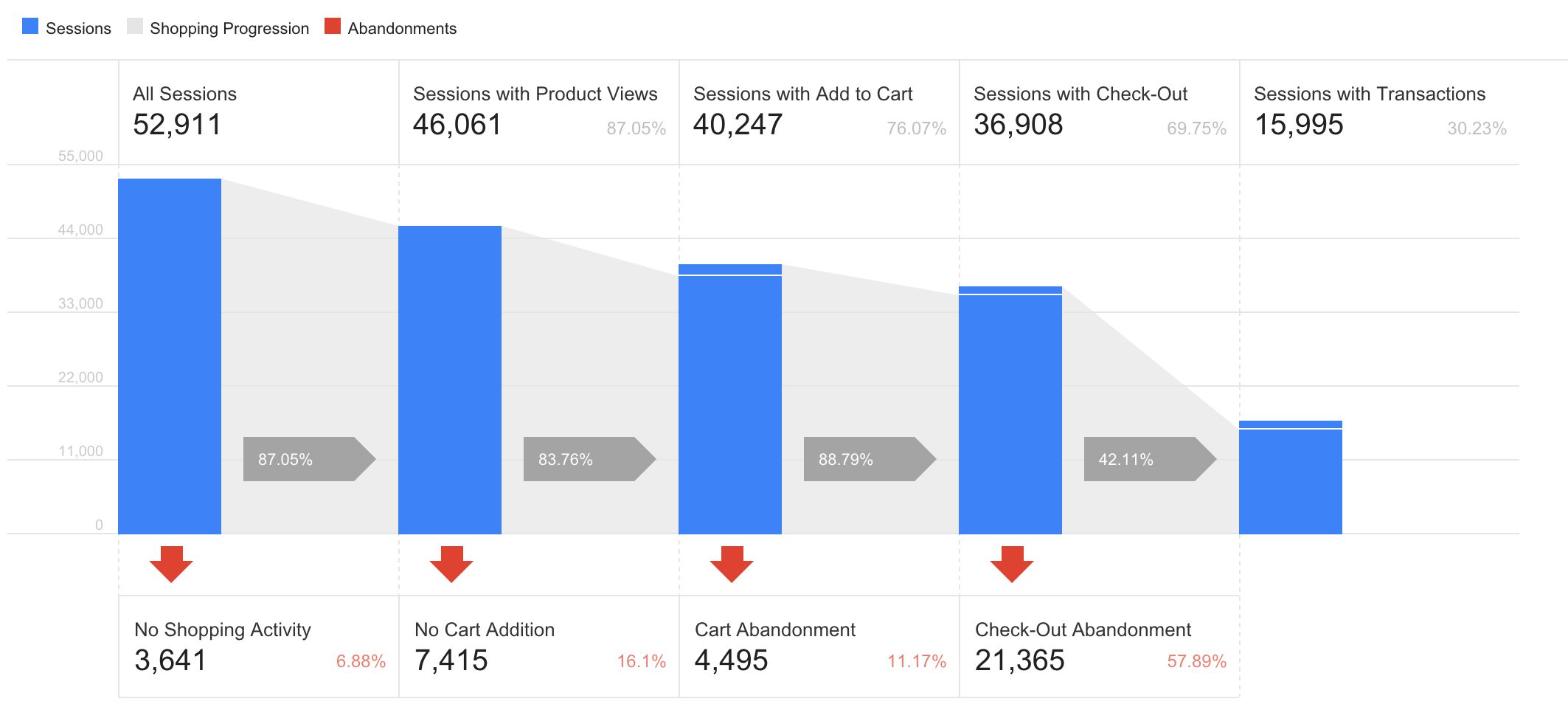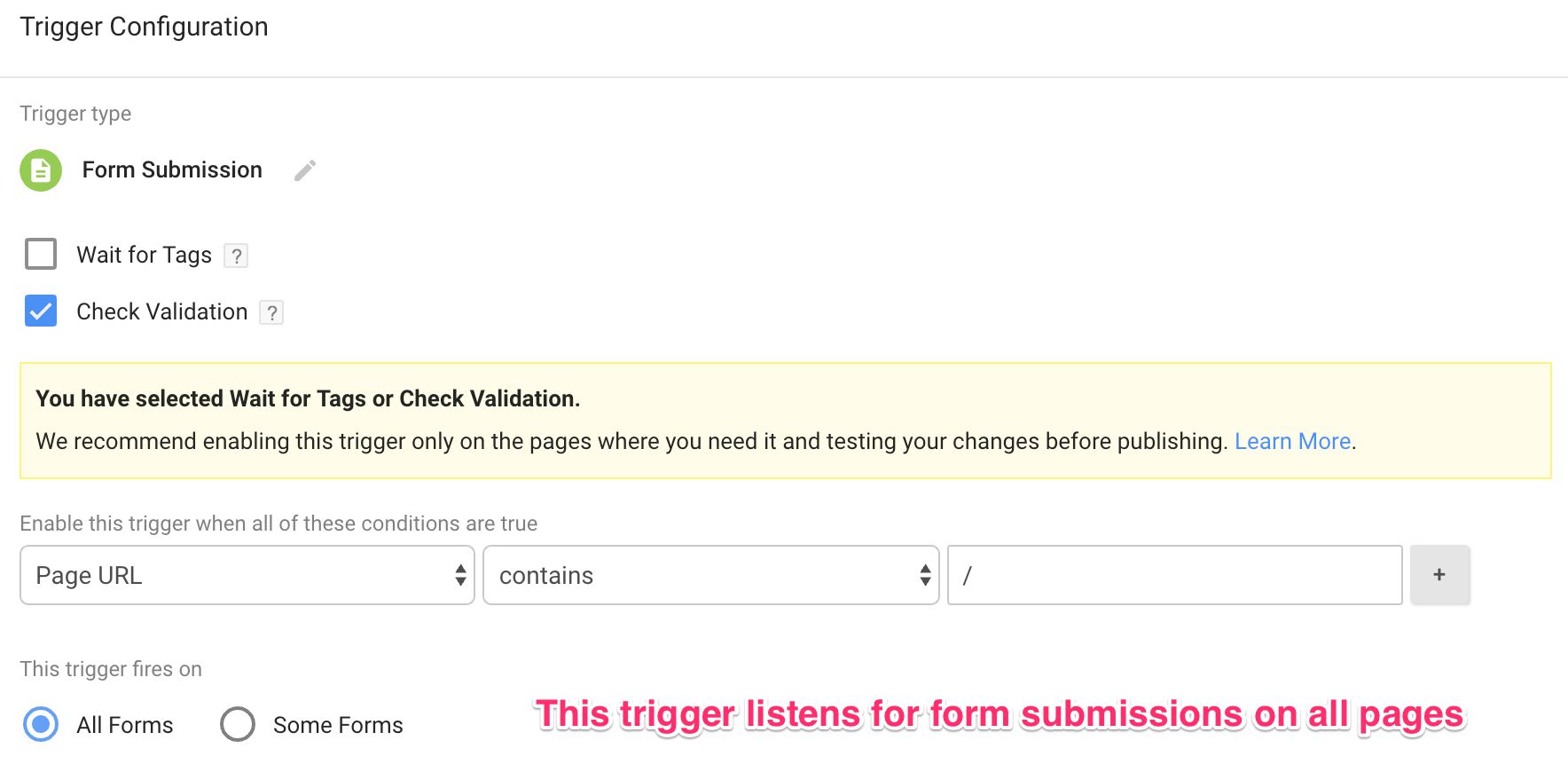So, looks like iOS 9 has built-in support for integrating “content blocking” extensions on your iPhone. Now, blocking ads and other intrusive content is nothing new, nor do I want to get into a debate about whether it’s a good thing or not. But as a data geek I’m very interested in knowing just what share of my site tracking has some content blocker enabled. In this post, I’ll show two tricks (easy and advanced) to expose these content blockers.
